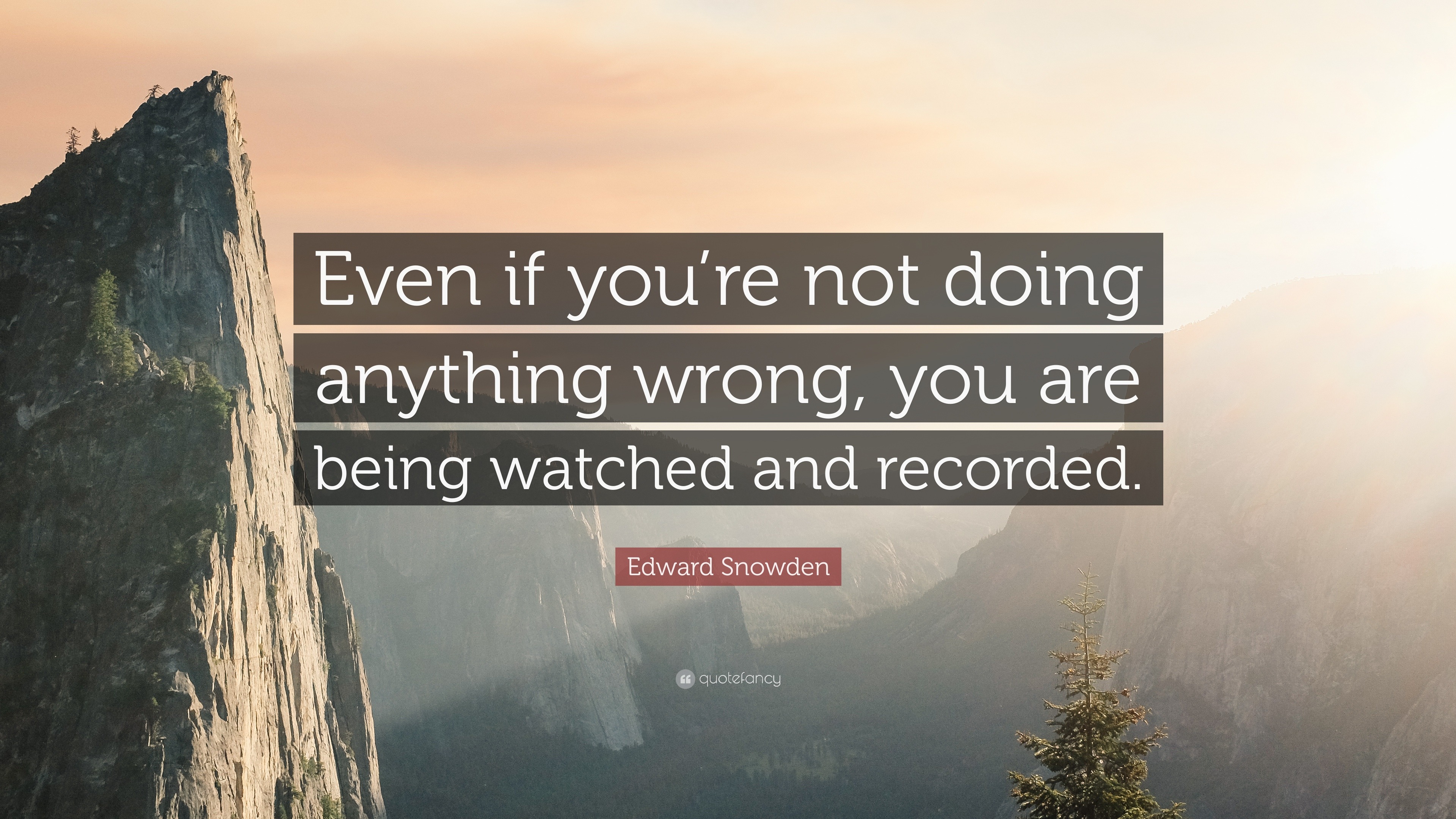

Repeated acquisitions and extinctions in classical conditioning of the rabbit nictitating membrane response. From Pavlov to PTSD: the extinction of conditioned fear in rodents, humans, and anxiety disorders. Vanelzakker MB, Dahlgren MK, Davis FC, Dubois S, Shin LM. Experimental Evidence of Classical Conditioning and Microscopic Engrams in an Electroconductive Material. Watson Really "Found" Behaviorism? Behav Anal. Problems of teaching the behaviorist perspective in the cognitive revolution. And often times (even on standardized tests!) I’ve wanted to read more about something, or do an essay or something, but have been made to move on just to keep up (relatively) to the rest of the group.Krapfl JE.

This can allow students to exercise more freedom and participatory democracy, as well as gain intrinsic motivation to learn, because they have a personal say and stake in what they are doing. Also, allowing certain students the opportunity to explore topics further with reading, summaries/essays, a self-made film, or whatever they choose. They have actually – I’ve seen myself, my younger brother, and my peers and many students do it all the time, because grades are vague.Īnyway, to add to the list: Students proposing and voting on group/individual projects related to subject material. I know the student can’t fully do their own evaluation, but I think evaluations will give students a better idea of those strengths and weaknesses, as opposed to, “I got a C in math because I’m not good at math/I didn’t do the homework.” I feel vague answers like that will definitely come from letter grade explanations. I think that #10 can also coincide with student evaluations as opposed to grades. She can share the process and the product of her learning. The student talks about her strengths and weaknesses, how her learning has progressed and areas for improvement. Rather than reporting to parents about their children’s learning, have student led 3-way conferences, with teacher and parents.

Include appropriate tech tools to support the learning. Don’t start by planning activities, start with the ‘why‘ and then develop learning experiences which will support independent learning. Make sure you and your students know the reason for every learning experience. But don’t plan in too much detail where it will go from there.

Plan a strong provocation that will ‘invite the students in’ and get them excited to explore the topic further. If you know exactly where the lesson is leading and what you want the kids to think, then you‘re controlling the learning. Student blogs are great tools for reflecting on learning and responding to their peers. Provide opportunities for ongoing self-evaluation and reflection. Help students to define goals for their learning. Place as much value on process and progress as on the final product.ħ. Have students publish expressions of their learning on the internet for an authentic audience. Create meaningful assessment tasks that allow transfer of learning to other contexts. Record student thinking and track development over time. Provide opportunities for applying learning in a variety of ways. Take notice of what they write and build learning experiences based on it. Use a Thinking Routine like ‘ Connect, extend, challenge’. Get your students to write down what they learned, whether they enjoyed a particular learning experience, what helped their learning, what hindered their learning and what might help them next time. Show that you value initiative above compliance. Model and encourage enthusiasm, open-mindedness, curiosity and reflection. Be an active participant in the learning community. Model behaviors and attitudes that promote learning. Arrange the seats so that students can communicate, think together, share ideas and construct meaning by discussing and collaborating. Every exchange doesn’t need to go through the teacher or get the teacher’s approval, encourage students to respond directly to each other.Ĥ. Don’t have rows of learners facing the front of the class. Minimise standing out front and talking at them. Use Thinking Routines to provide a framework for students to engage with new learning by making connections, thinking critically and exploring possibilities. Integrate technology to encourage creative expression of learning.Īsk open-ended questions, with plenty of possible answers which lead to further questions. Don’t expect everyone to respond in the same way. Create opportunities for them to pursue their own interests and practise skills in a variety of ways. Encourage students to make decisions about how they learn best.


 0 kommentar(er)
0 kommentar(er)
